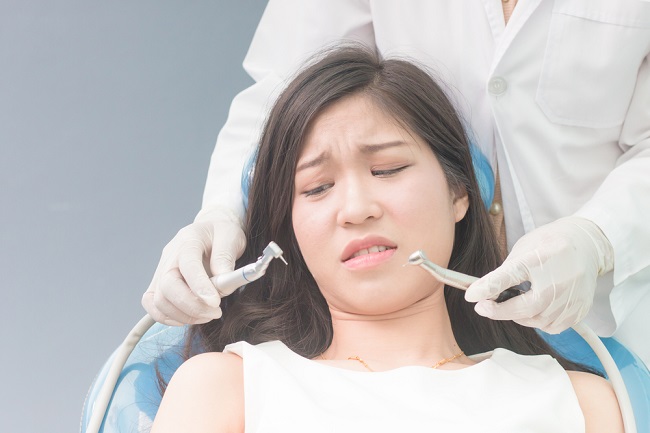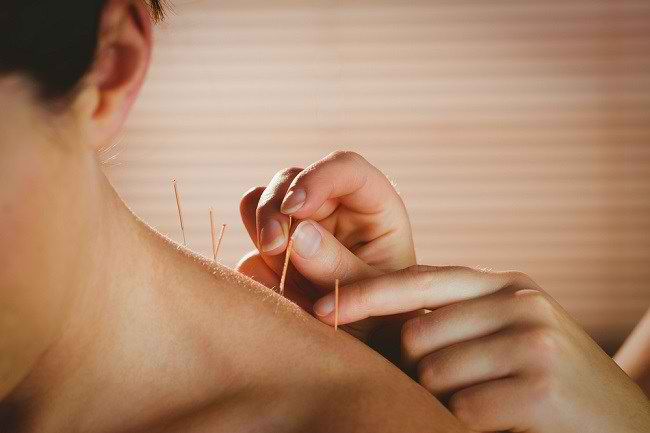Post-stroke therapy is an important part of treatment for stroke patients. Exercises performed in post-stroke therapy can help them carry out daily routines independently, and help maintain brain function that can still be maintained.
A stroke is a serious condition that occurs when a blood vessel in the brain bursts or blood flow to part of the brain is blocked by a blood clot. People who have had a stroke often experience decreased brain function, which can be in the form of disturbances in speaking, remembering, moving, and so on. Restoring the body's ability after a stroke is a long process that requires patience, hard work, and commitment.

When Should Post-Stroke Therapy Be Started?
The time that is deemed appropriate to immediately start post-stroke therapy is 24-48 hours after the attack, as long as the patient's condition is stable. During this period, health care providers will help post-stroke therapy patients move into bed. Its function is to strengthen the patient's limbs, thereby helping stroke patients to be able to care for themselves and return to activities independently. However, post-stroke therapy should be started according to the doctor's advice by considering the patient's condition.
Rehabilitation or stroke therapy cannot heal the damage caused by a stroke. Fortunately, the human brain is able to adapt quickly and well. Over time, different parts of the brain can take over the roles of other parts of the brain. Certain brain cells can also recover from temporary damage.
Types of Post-Stroke Therapy
Post-stroke rehabilitation or therapy aims to help stroke patients relearn lost abilities or skills and improve their quality of life.
The type and degree of impairment experienced by stroke patients may vary. Post-stroke therapy that is carried out is definitely not the same and must be according to the advice of a doctor or therapist. The following are examples of forms of exercise commonly given to post-stroke therapy patients.
- memory therapyMuch or how little memory is lost after a stroke depends on the age, severity of the stroke, the location of the stroke, and the health condition of the patient before the stroke. Memory lost in stroke survivors can be recovered in several ways, such as the following:
- Stimulate the brain with brain sharpening games.
- Paste writing in a certain place, for example "don't forget to brush your teeth" in the bathroom as a reminder.
- Train your memory with acronyms, which are abbreviations of several words or words that rhyme together.
- Put things where you're sure to see them. For example, put the clothes that will be used for the next day on the bed.
- Repeating the information obtained repeatedly, or using a recording device.
- Move as often as possible.
- Eat foods that are beneficial for the brain such as omega-3 fatty acids.
- Talk to family and friends.
- Meet other people with the same suffering.
- Write down what things need to be done.
- Movement therapy
In addition, movement therapy can also be done by:
- Always change the position of sleeping or sitting to improve posture and balance assisted by the therapist, so that the muscles and joints are not stiff.
- If it shows improvement, the therapist can ask the post-stroke therapy patient to move around in bed, move from bed to chair, repeat sitting and standing positions.
- Practice moving your hands and feet (with or without the help of objects), of course accompanied by a therapist or doctor.
- Therapy bicaraAfter a stroke, speech disorders are one of the effects that can occur. Speech therapy is one part of post-stroke therapy that can be done to help stroke patients practice speaking skills, as well as train the swallowing and speaking muscles to return to function. Some ways that can be done to practice speaking skills after a stroke are:
- First, the therapist will help the patient swallow. For example, by asking the patient to swallow 50 ml of water.
- Then the therapist will assess the patient's general ability to communicate. For example, by assessing how well the patient understands a word or sentence, how difficult it is for the patient to express himself, and so on.
- The technique that the therapist uses to help with communication difficulties in stroke patients depends on the extent of the problem.
- If the patient has difficulty understanding the meaning of words, the therapist may ask the patient to match words to pictures, sort words according to meaning, and determine words that have similar meanings.
- If it is difficult to find the words to say, the patient is asked to practice naming objects, practicing rhyming words, or repeating words the therapist says.
- Exercise the strength of the mouth muscles, giving directions to pronounce a word or letter.
- Practice the ability to string words.
- Practice reading and writing skills.
The duration of post-stroke therapy is highly dependent on the severity and complications of stroke, as well as the patient's response to therapy. Therefore, it is important for patients and their families to discuss with doctors and therapists regarding determining the right type of post-stroke therapy.









